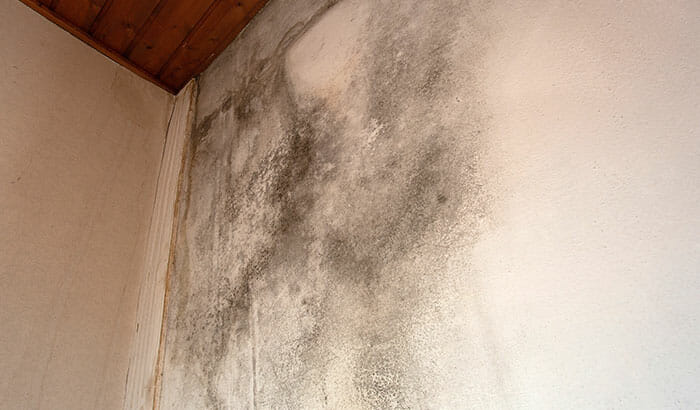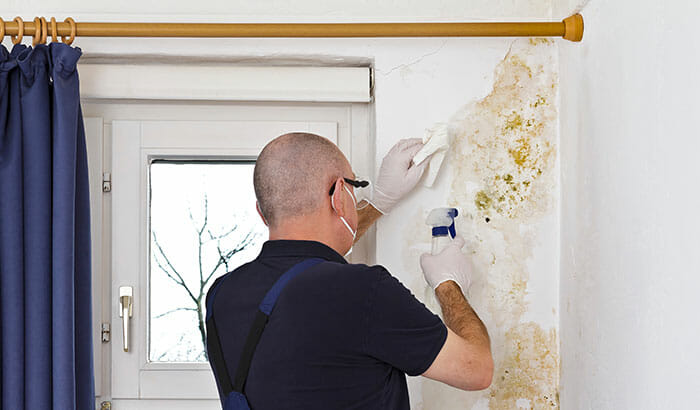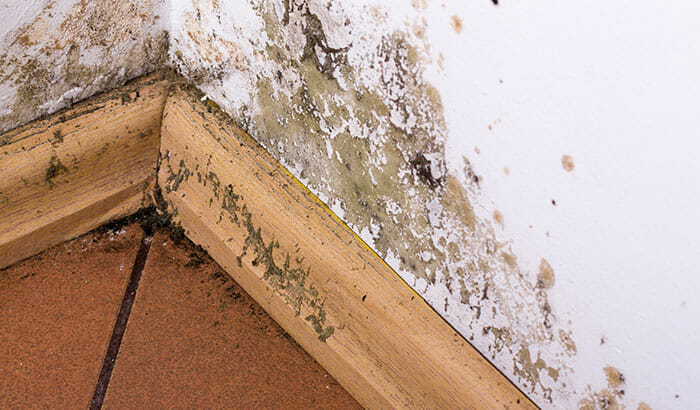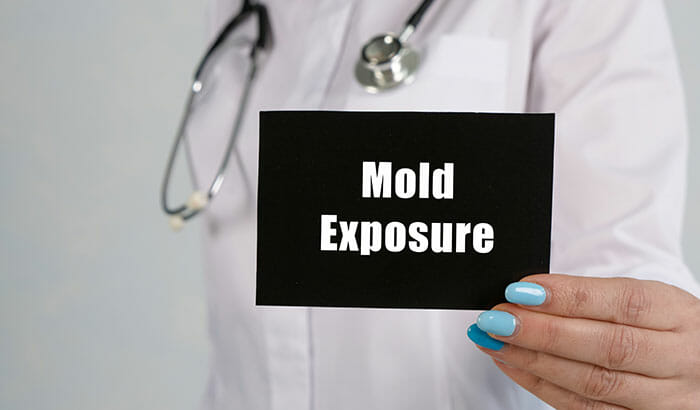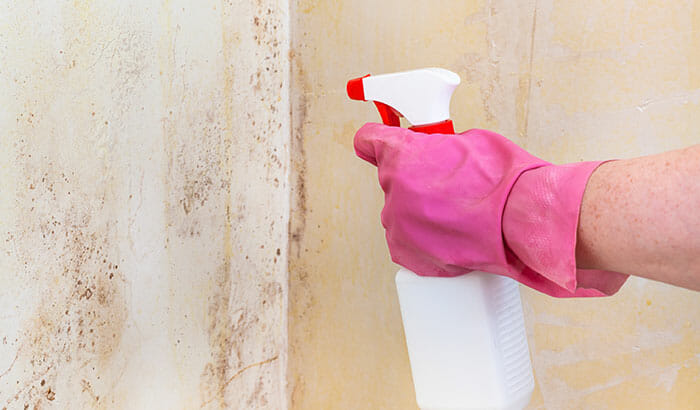Mold is a fungus that can grow in damp and humid areas of your home, and if you’re worried about it, there are a few signs that your home has mold. It can cause a range of health problems, such as allergies, respiratory issues, and skin irritation. Whether you are a homeowner or renter, it is essential to identify the signs of mold growth in your home to prevent these health issues.
Here are some signs that your home has mold.
Musty Odor
The musty odor caused by mold growth can be quite distinct and noticeable. It is often described as a damp, earthy smell that can be overpowering in certain areas of your home. This odor results from the microbial volatile organic compounds (MVOCs) released during mold growth.
MVOCs are gasses produced by mold as it breaks down organic matter. These gasses are released into the air and can be detected by our sense of smell. The type of odor produced by mold can vary depending on the species of mold and the materials it is growing on. For example, some species of mold can produce a more pungent, rotten smell than others.
It’s important to note that not all mold growth will produce a noticeable odor. Some species of mold can grow without producing any significant odor, while others can create a very strong and unpleasant smell. However, if you do notice a musty or damp odor in your home, it’s crucial to investigate the cause and take appropriate action.
Visible Mold Growth
Visible mold growth is one of the most obvious signs of mold in your home. It can appear as black, green, or white spots on walls, ceilings, or other surfaces. Mold growth typically occurs in damp, warm, and poorly ventilated areas, such as bathrooms, kitchens, basements, and attics.
When mold spores land on a surface that has the right conditions for growth, they can begin to grow and form visible colonies. These colonies can quickly spread and become more prominent over time, especially if the conditions for growth persist. Once mold growth is visible, it’s important to take immediate action to prevent it from spreading further.
Warping Walls or Floors
Warped walls or floors can also indicate mold growth in your home. When mold spores grow and spread, they release enzymes that can break down and weaken the materials they are growing on. This can cause the walls or floors to become warped, bulge, or buckle, indicating that there may be moisture damage and mold growth behind the surface.
In addition, mold growth can cause wood to warp or rot, leading to structural damage in your home. This can be particularly problematic if the mold growth is located in load-bearing walls or floors, which can compromise the stability of your home over time.
If you notice that your walls or floors are warped or bulging, it’s important to investigate the cause as soon as possible. This may involve removing the affected materials to assess the extent of the damage and identify any underlying mold growth.
Water Damage
Water damage can create an ideal environment for mold growth, and as such, it can be a sign of a potential mold problem in your home. Water stains on walls or ceilings can indicate past or ongoing water damage, creating the perfect conditions for mold to grow and thrive.
Water damage can be caused by a myriad of factors, including leaky pipes, roof leaks, plumbing issues, and flooding. When moisture is present, mold spores can easily grow and spread, causing severe health problems if left unaddressed.
If you notice water stains on your walls or ceilings, it’s important to investigate the cause of the damage as soon as possible. This may involve calling a professional plumber or roofer to fix any leaks or address any other sources of moisture in your home.
Increased Allergies
If you or someone in your home has allergies, mold growth can exacerbate the symptoms. Mold spores can cause allergic reactions, including sneezing, coughing, and runny nose. If you notice an increase in these symptoms, it’s possible that mold growth is to blame.
In addition to causing allergic reactions, mold growth can trigger asthma symptoms in those suffering from the condition. When mold spores are inhaled, they can irritate the airways and cause inflammation, leading to asthma symptoms such as wheezing, shortness of breath, and chest tightness.
For people with asthma, mold exposure can be particularly dangerous and even trigger asthma attacks. According to the Centers for Disease Control and Prevention (CDC), mold exposure can cause asthma symptoms to worsen in some people, leading to increased use of medication and a decrease in overall quality of life.
If you or someone in your home has asthma or allergies, it’s important to take mold growth seriously and address it promptly to prevent worsening symptoms.
Humidity Issues
High humidity levels in your home can create the perfect conditions for mold growth. Mold thrives in damp environments with high moisture levels. If your home feels excessively humid or you notice condensation on windows, it’s important to investigate the cause of the humidity.
One common cause of high humidity levels is poor ventilation. When moisture builds up in the air, it can lead to condensation on windows and walls, creating the ideal environment for mold growth. Other sources of moisture in the home can include leaks, plumbing issues, and flooding.
To prevent mold growth from occurring, it’s essential to maintain healthy humidity levels in your home. The Environmental Protection Agency (EPA) recommends keeping indoor humidity levels between 30-50% to prevent mold growth. This can be achieved by using a dehumidifier, opening windows and doors to improve ventilation, and promptly fixing any leaks or plumbing issues.
If you identify any of these signs that your home has mold or these conditions for mold growth, call a professional restoration company right away.
Bull Matrix Restoration
Bull Matrix Restoration is a disaster recovery company specializing in restoring homes and businesses safely and effectively. Equipped with state-of-the-art equipment, such as air scrubbers, dehumidifiers, and moisture testing equipment, our highly trained IICRC-certified technicians work to minimize claims costs and salvage items.
Our team takes pride in delivering top-quality home and business mitigation and reconstruction services with unmatched customer service. We build solid and long-lasting relationships with our partners and clients and work closely with insurance companies to ensure customer satisfaction. If you have trouble with mold or have any other restoration needs, contact us today or call us at 801.758.8988 to see how we can help!

